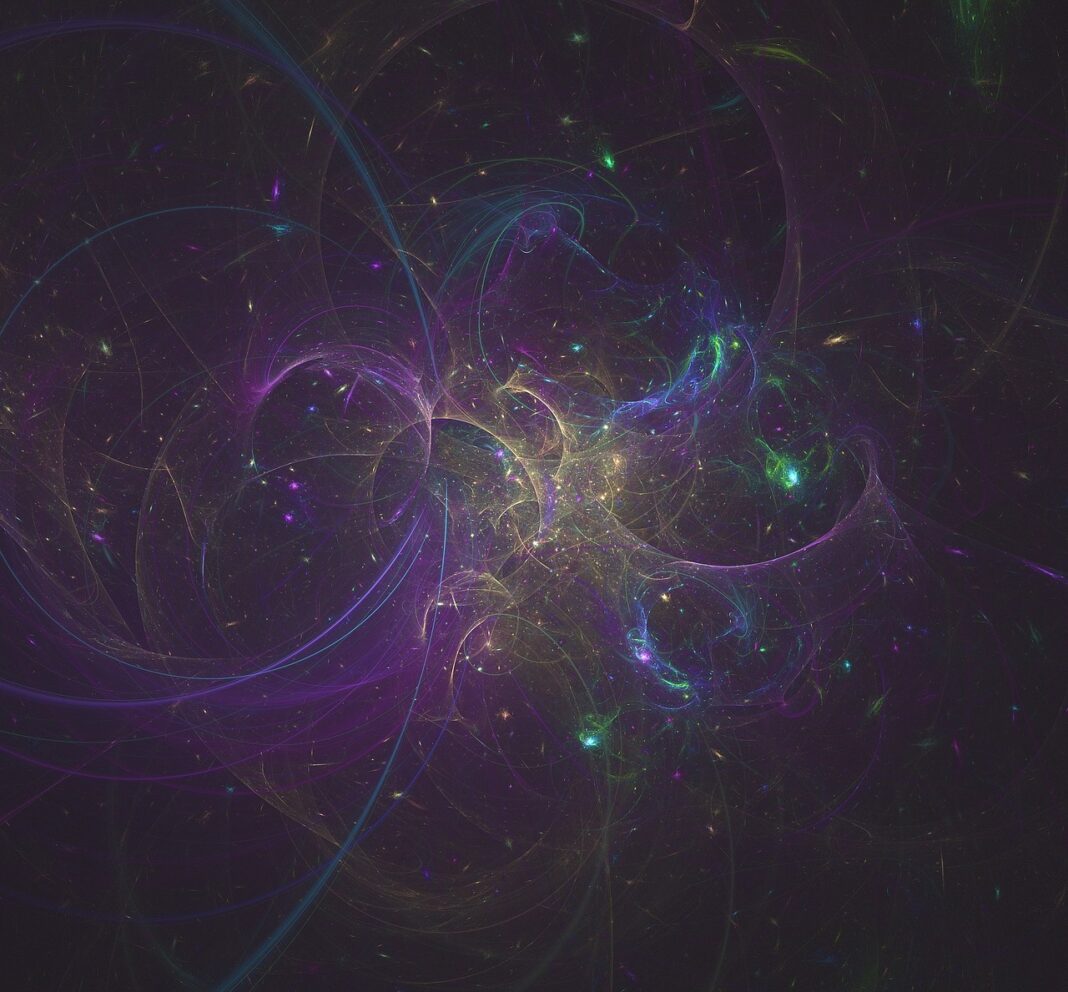Climate change has been one of the most pressing issues of the past decade. As a society, we have become increasingly more aware of the inefficiency associated with burning fuel to generate electricity, an aspect of thermal generation. This raises a paradoxical dilemma as our quest for energy, such as the continuation of global coal-fired power plants, harms our climate change goals. Yet electricity and other power sources dominate all aspects of our lives. Thus, the latest advancements in nuclear fusion paint a new reality for society, one where clean energy is possible.
What is Nuclear Fusion?
Nuclear fusion is a process that occurs in stars, such as the Sun. It involves two light atomic nuclei combining to create a heavier one, which releases enormous amounts of energy without the production of greenhouse gasses and toxic nuclear waste. For this process to occur, the nuclei must combine at very high temperatures to ensure that they overcome the electrical repulsion among them. Fusion occurs when the nuclei come in close enough proximity that the electrical repulsion is outweighed by an attractive nuclear force. This reaction takes place in plasma, an ionized gas that is the result of superheated matter. Many fusion reactors try to harness the energy using a mixture of deuterium and tritium, which are isotopes of hydrogen atoms. Additionally, one kilogram of nuclear fusion fuel can provide the same amount of energy as ten million kilograms of fossil fuel. This astonishing difference is the reason many scientists and engineers are trying to further nuclear fusion research and possible industrial designs.
The Tokamak
tokamak. It is a doughnut-shaped machine that uses a magnetic field to trap plasma. The structure involved in the plasma confinement is called the “torus.” The plasma particles are contained inside the torus using a magnetic field composed of magnetic coils that create a field in the “toroidal” and “poloidal” directions. The poloidal field is generated by the central solenoid that carries electric currents. On the outside, another set of coils establishes a poloidal field that maintains the shape of the plasma. Through magnetically confined plasma, temperatures higher than the core of the sun have been achieved.
Recent Breakthrough
The Joint European Torus (JET), a tokamak machine, was involved in the new energy production record set by nuclear fusion. Scientists were able to create 69 megajoules of nuclear fusion energy for five seconds, which is an astounding breakthrough in experimental designs for fusion power. To achieve this, the scientists used 0.2 milligrams of fuel. If researchers and engineers are able to progress with their current breakthroughs with nuclear fusion, our society will have increased energy efficiency and a significantly lower threat of climate change. The JET used deuterium and tritium to make helium; during this process, the machine reached temperatures around 150 million degrees Celsius. With that in mind, the progress made with the JET will inspire the ITER (International Nuclear Fusion Research) engineering project.
Upcoming Challenges
The progress made with nuclear fusion acts as a beacon of hope for a society plagued with troubles. However, commercial nuclear fusion will stay a dream for now due to the complexities and obstacles needed to overcome with the current tokamak machines. For example, the recent project used more energy during the experiment than was produced. Furthermore, there are challenges associated with the availability of materials for fusion plants. As previously mentioned, the tokamak relies on the confinement of plasma particles that constantly spin in the machine. However, the plasma could escape if any issues arise with the magnetic fields keeping the particles close together. As a result, the reaction would cease, and the reactor could also experience damage if the plasma releases significant thermal energy.
Overall, the future for nuclear fusion remains bright as Princeton researchers claim to have used artificial intelligence to tackle these problems. Humans have the ability to work through adversity and break the conformities of past engineering design. Therefore, the dream of clean energy remains at the forefront of scientific discovery.
Sources: [1], [2], [3], [4], [5], [6]
Featured image: [1]

